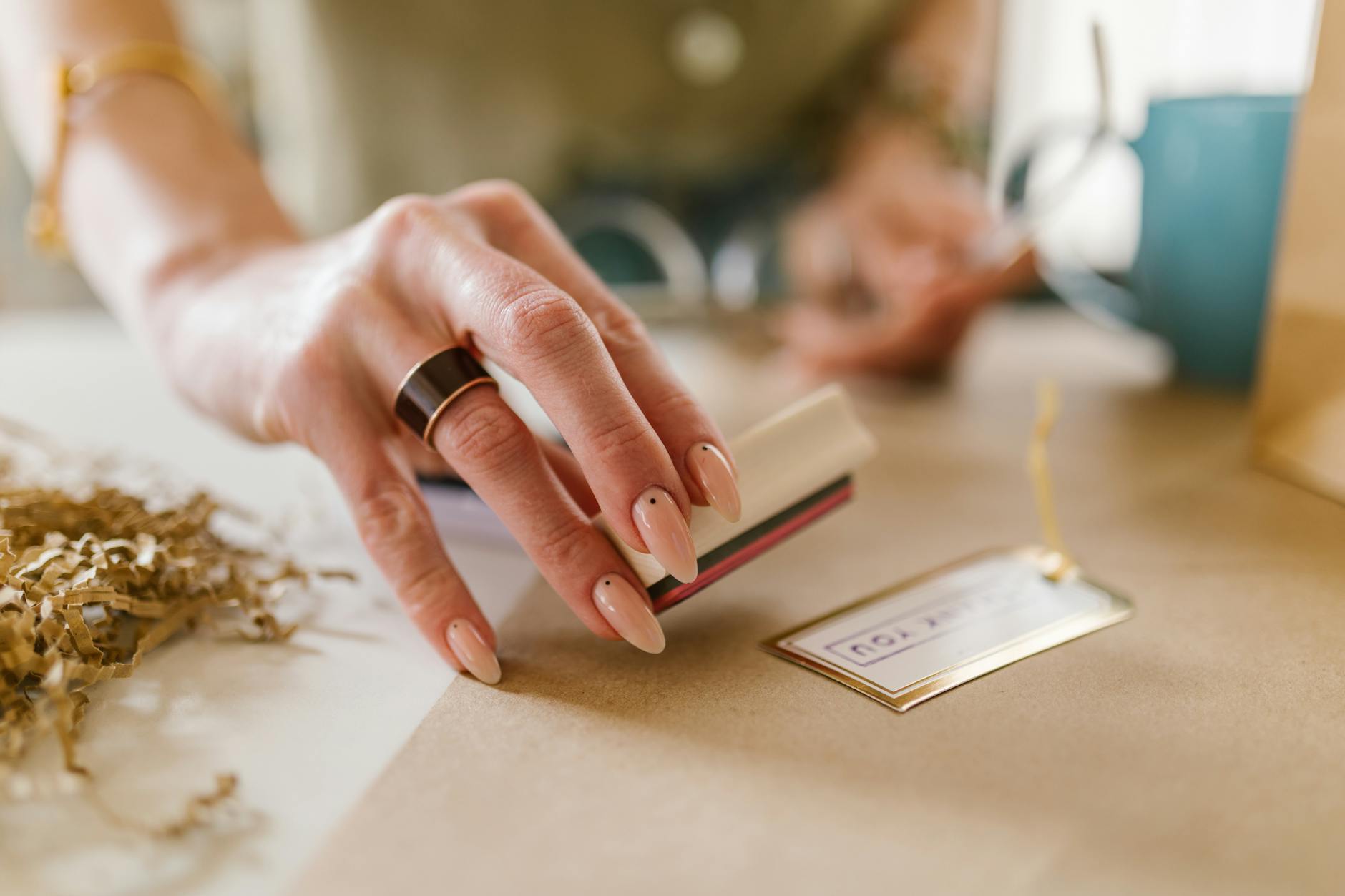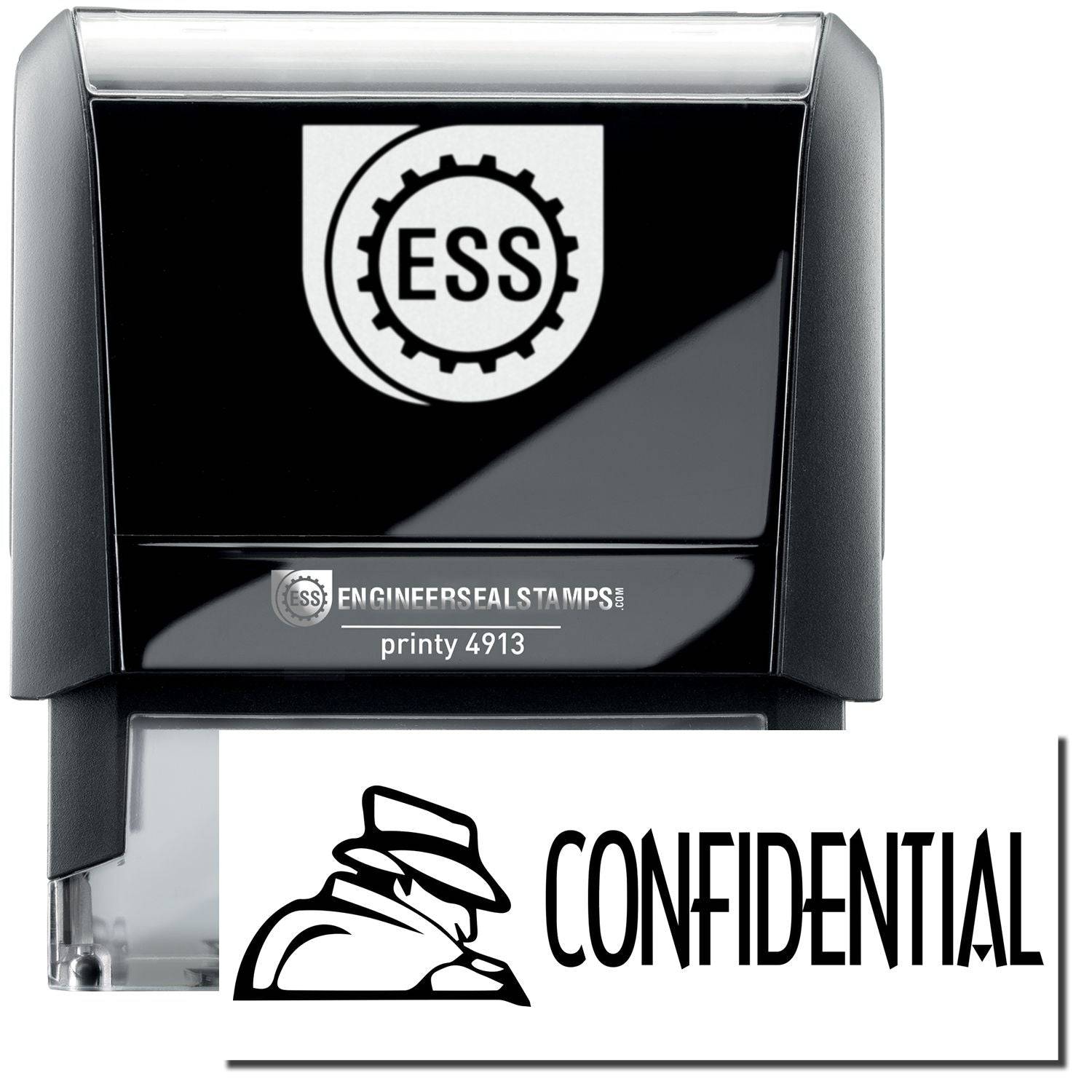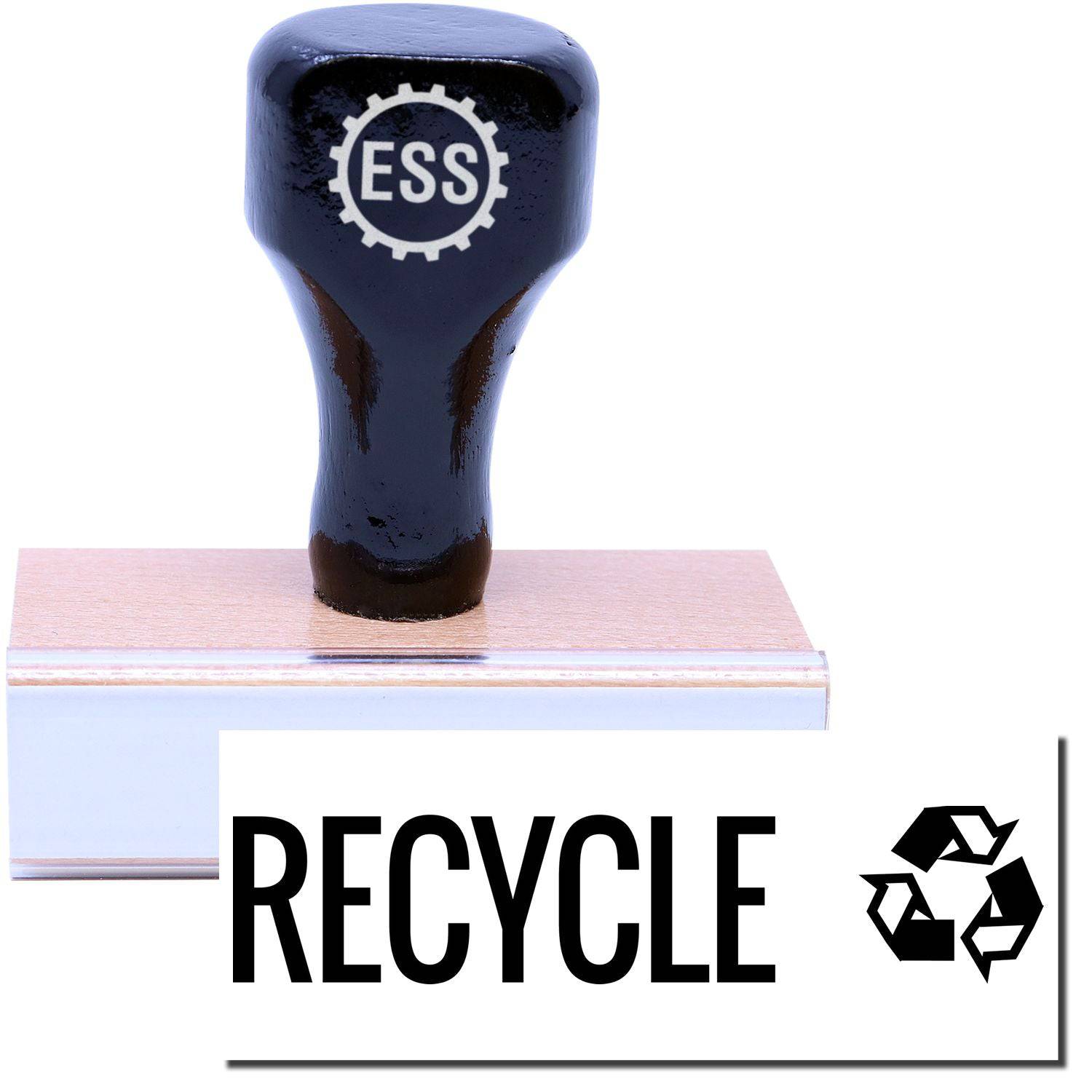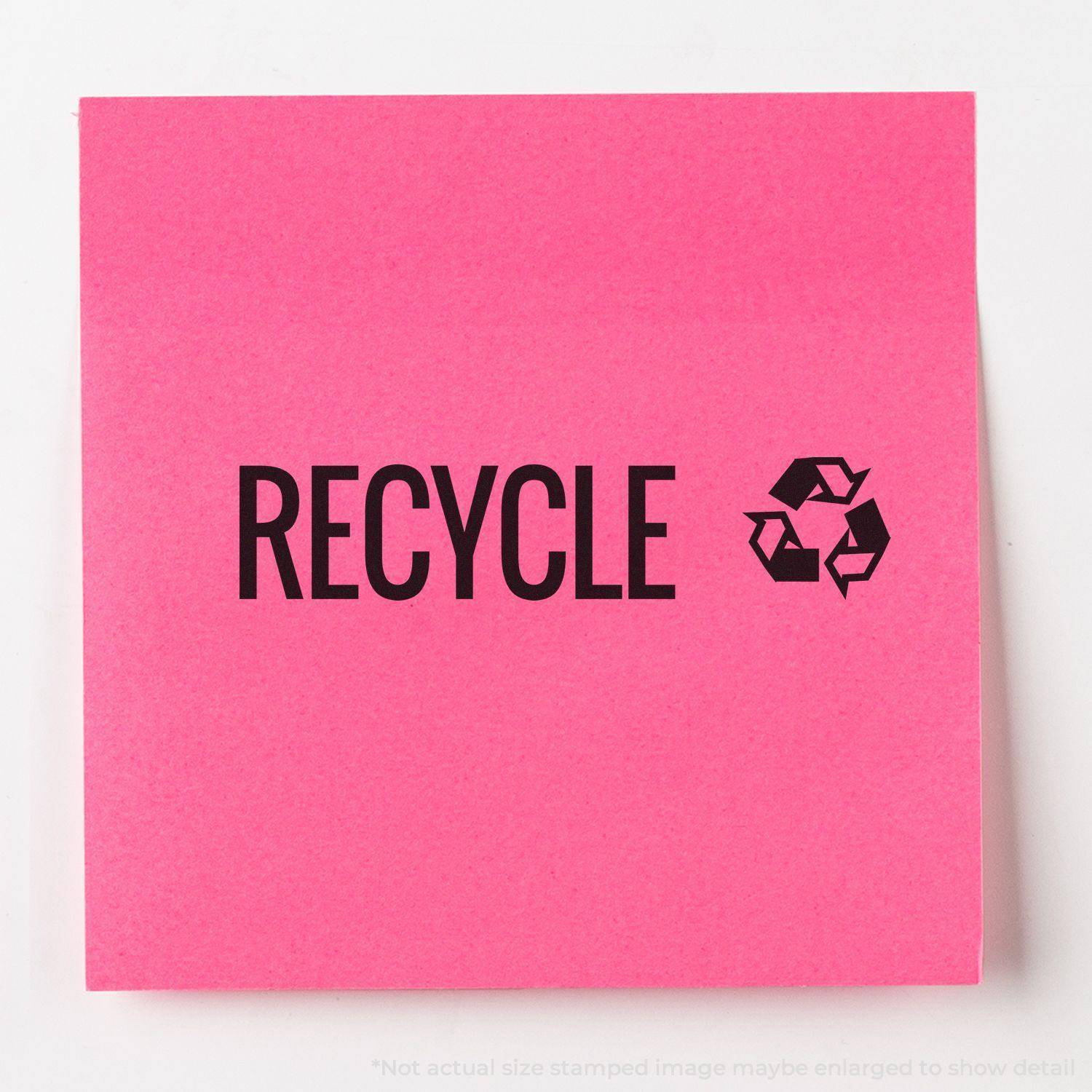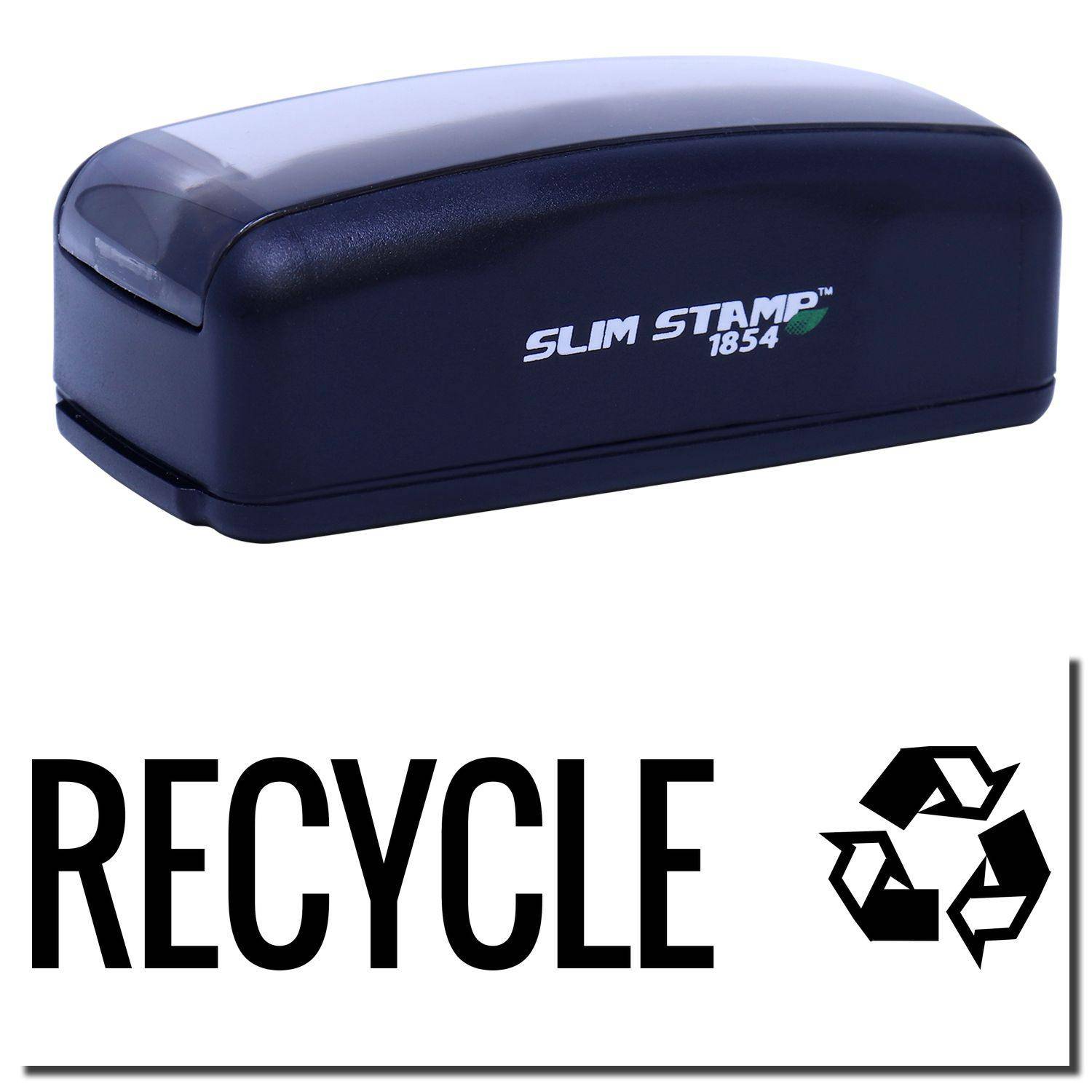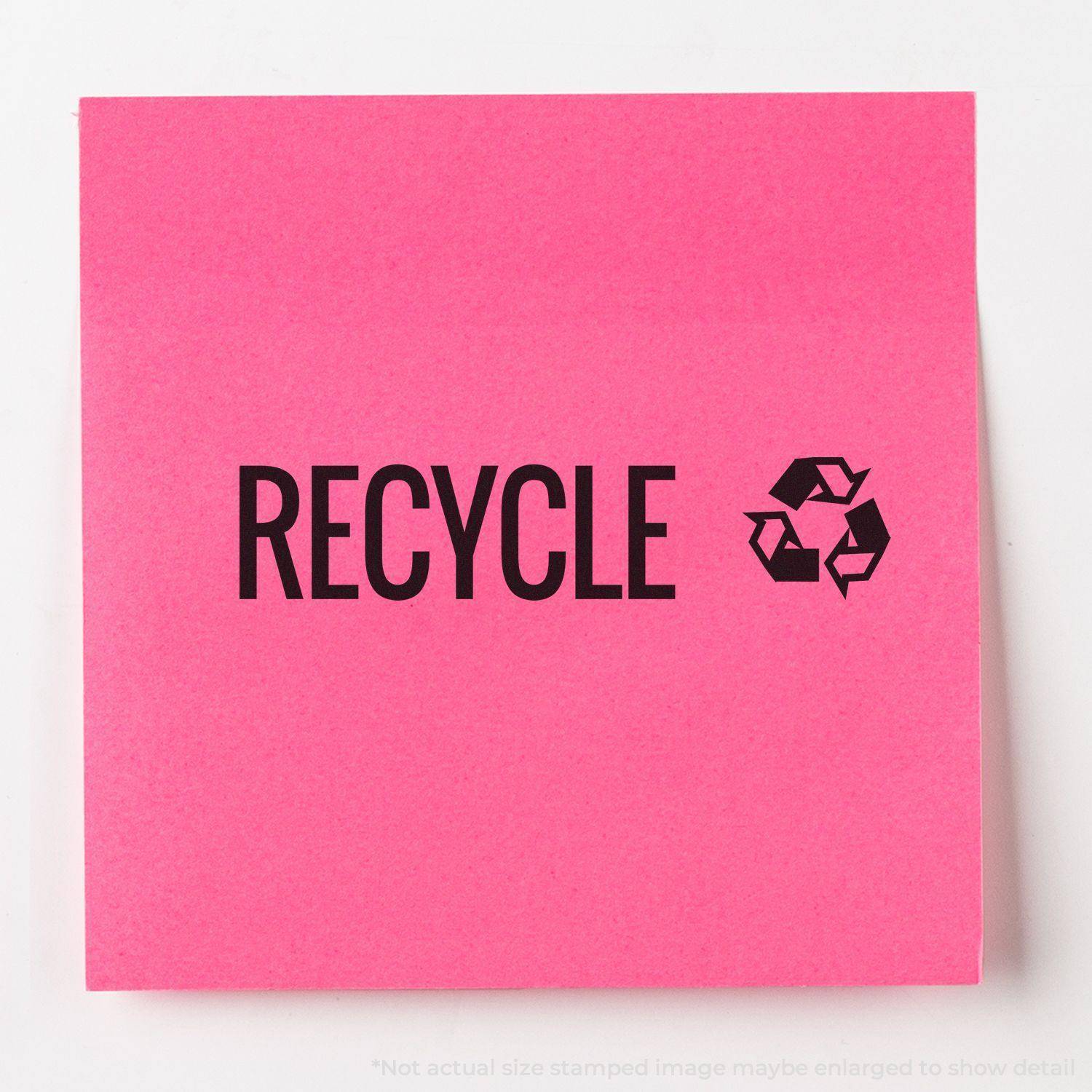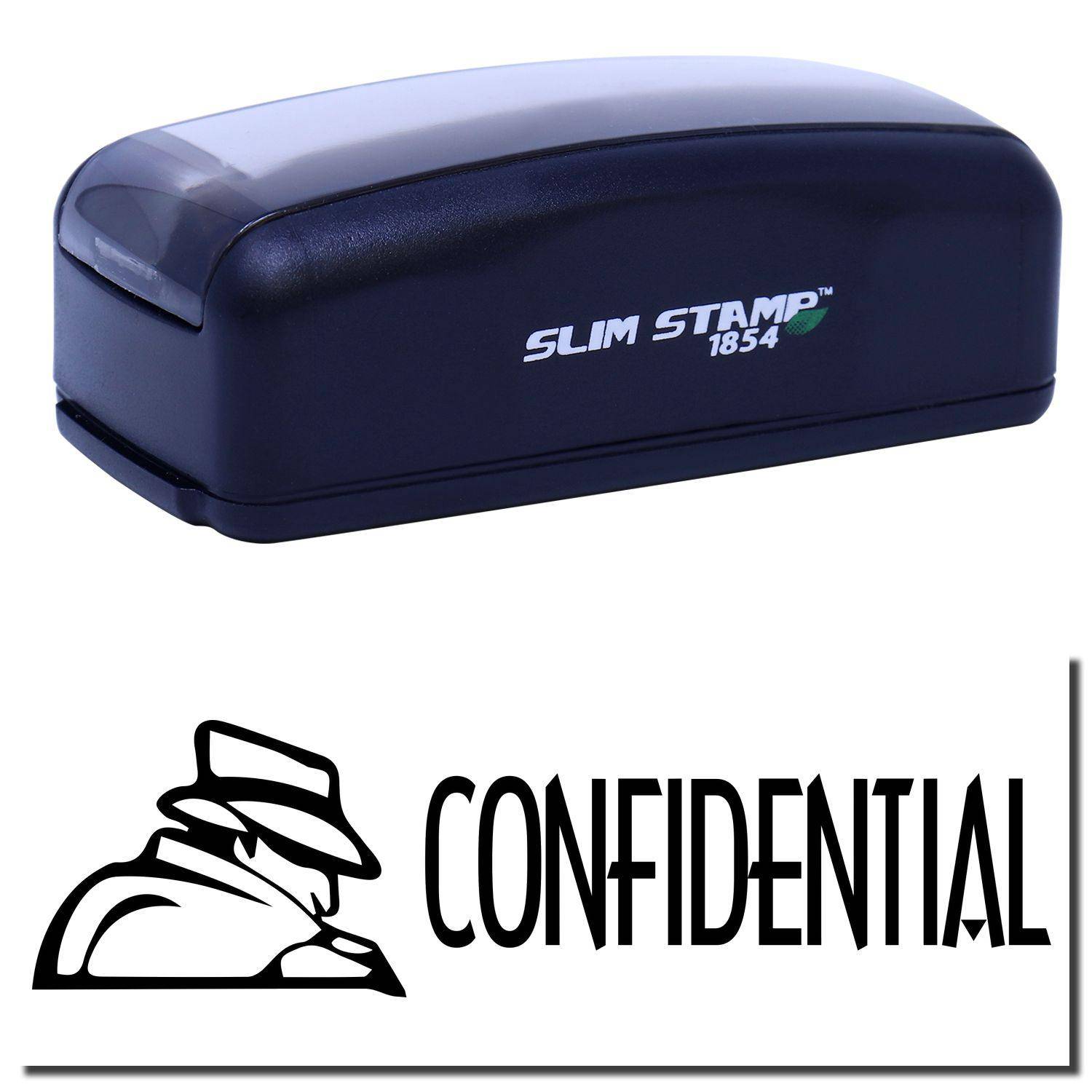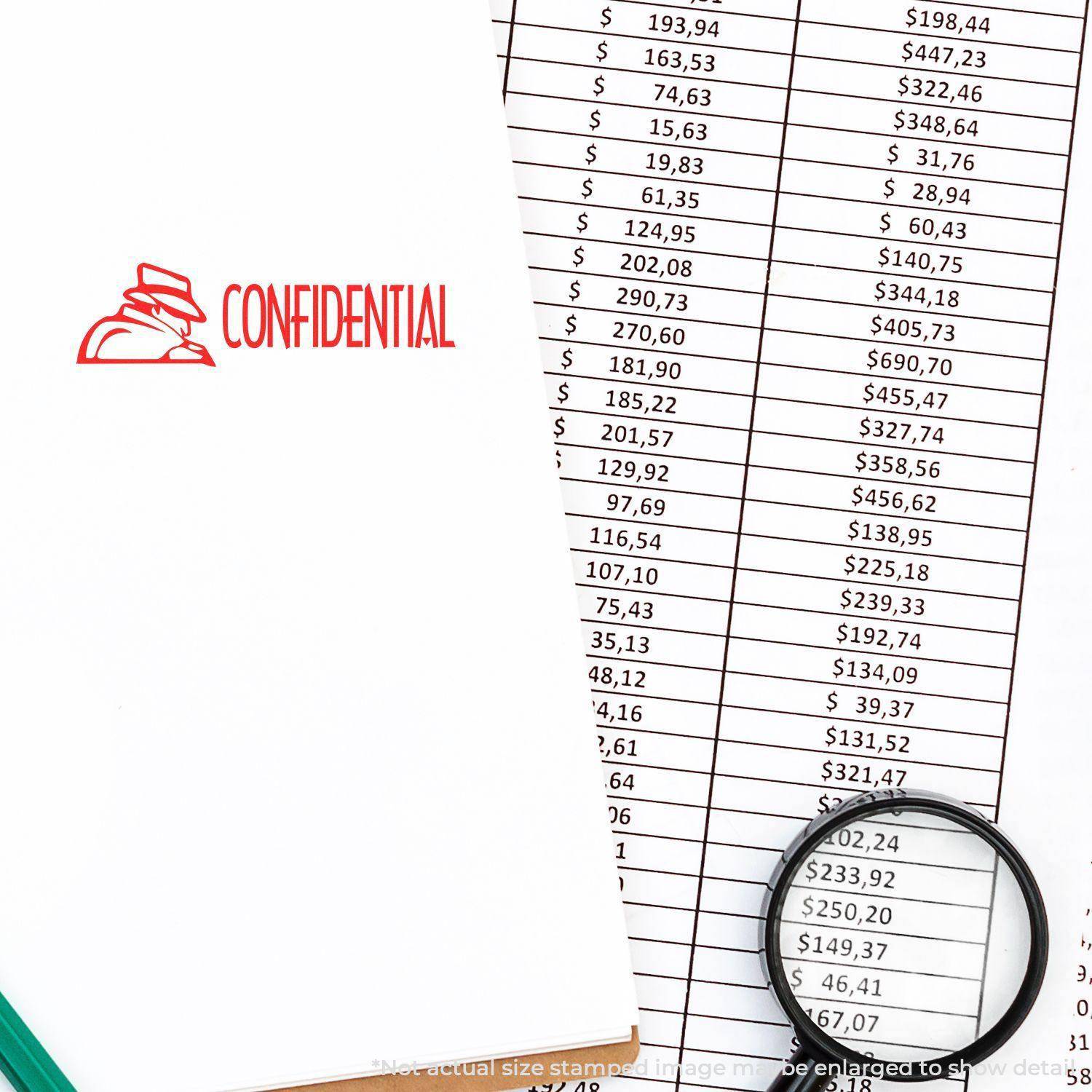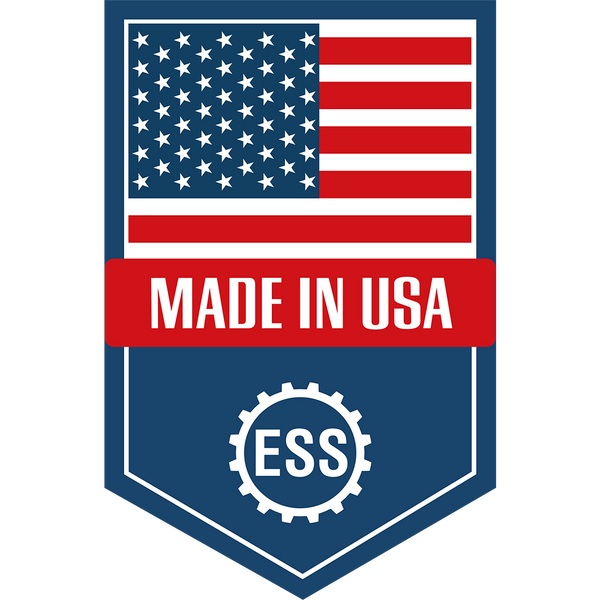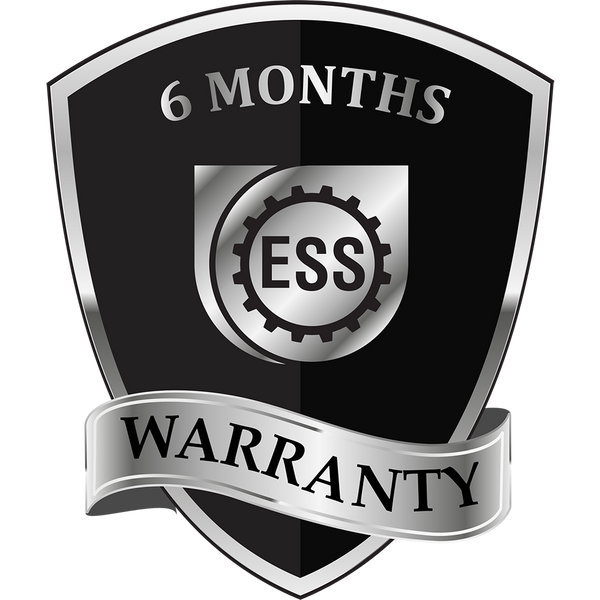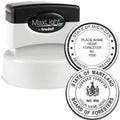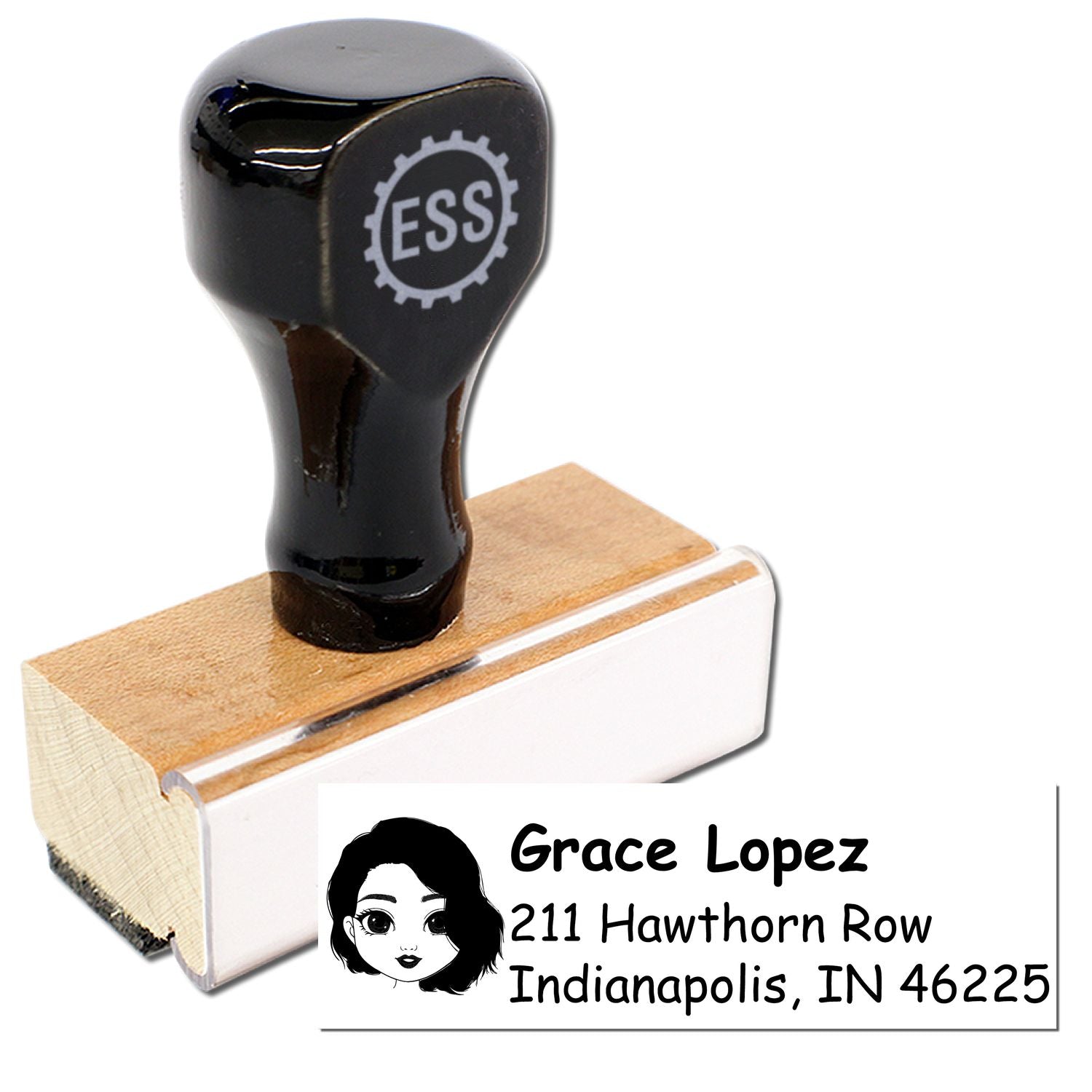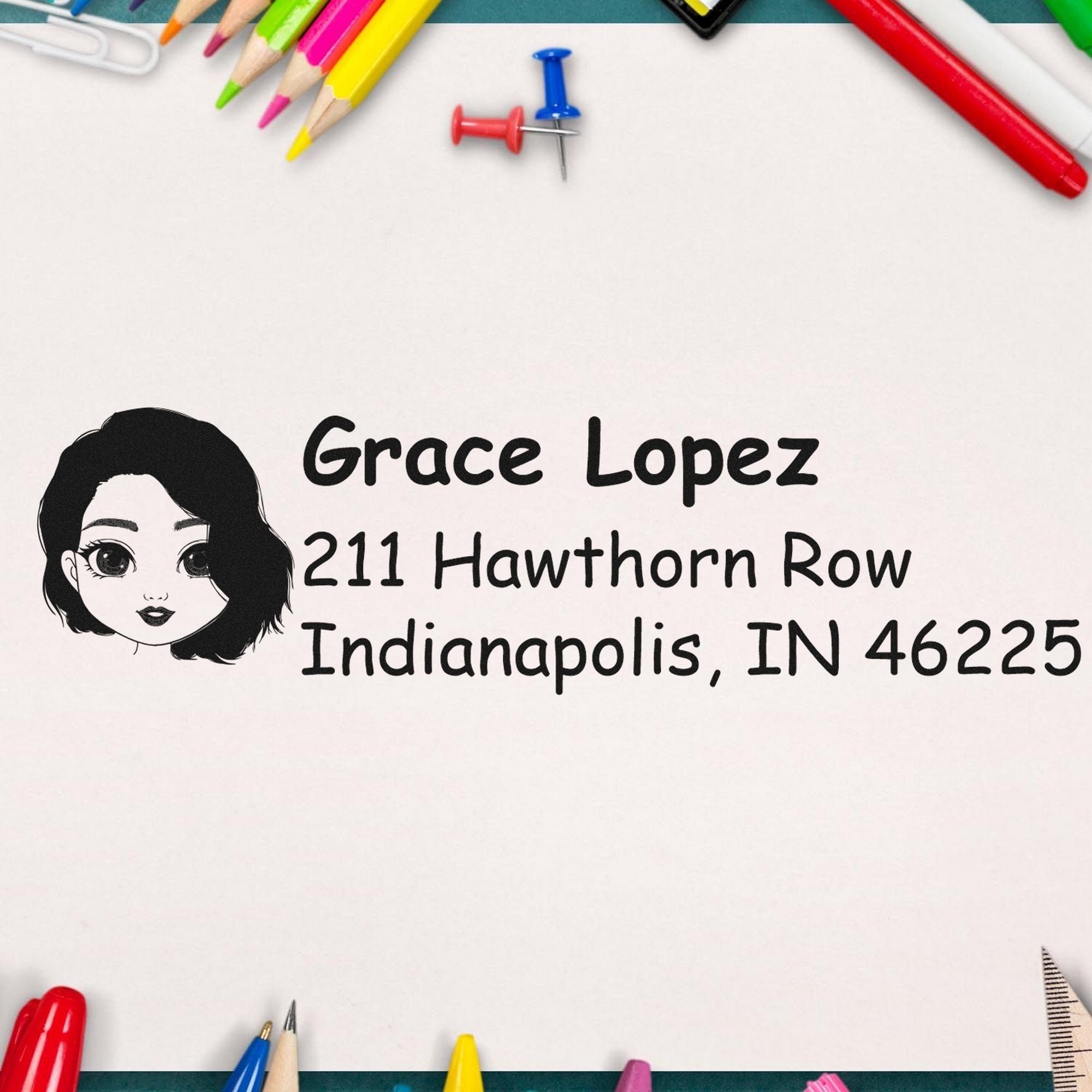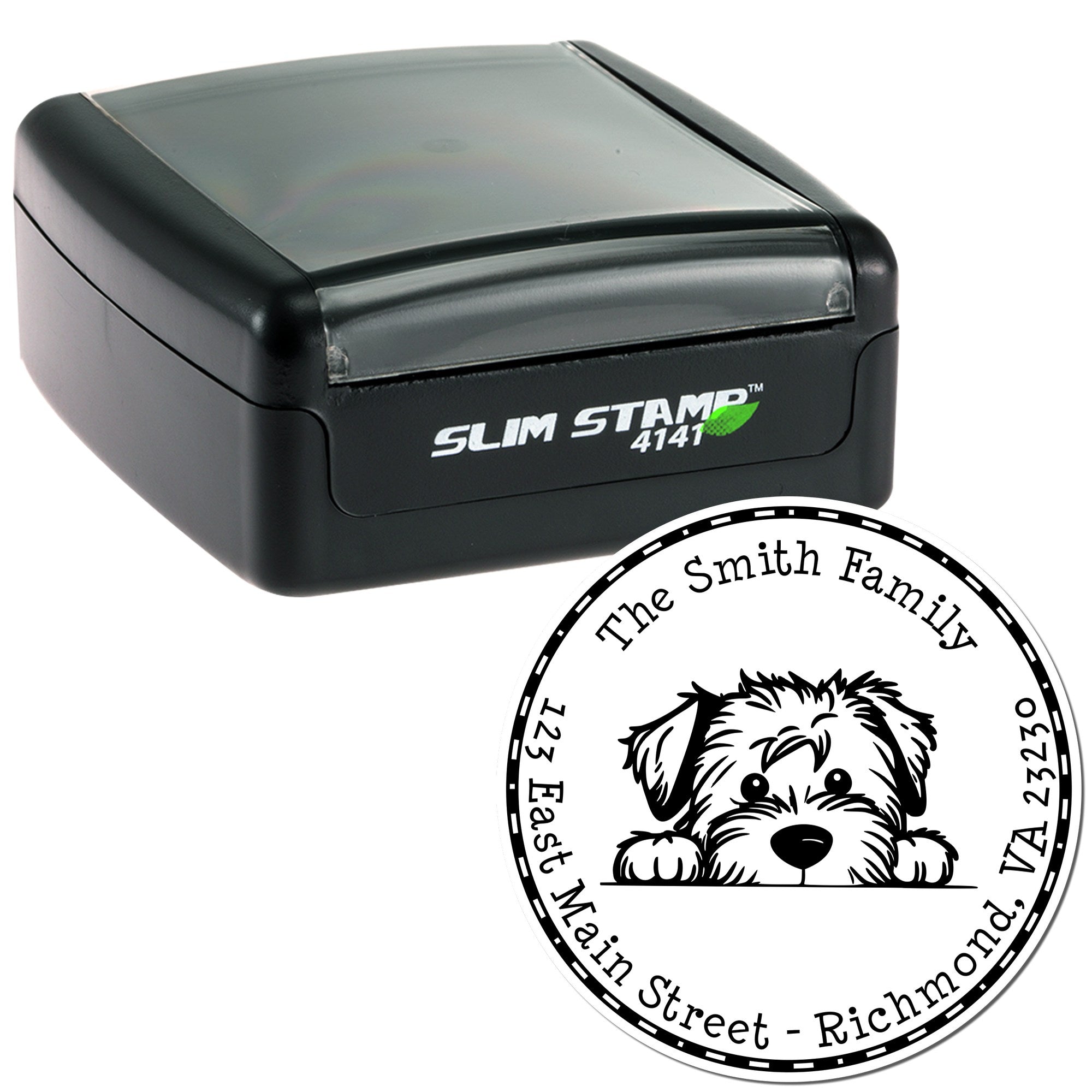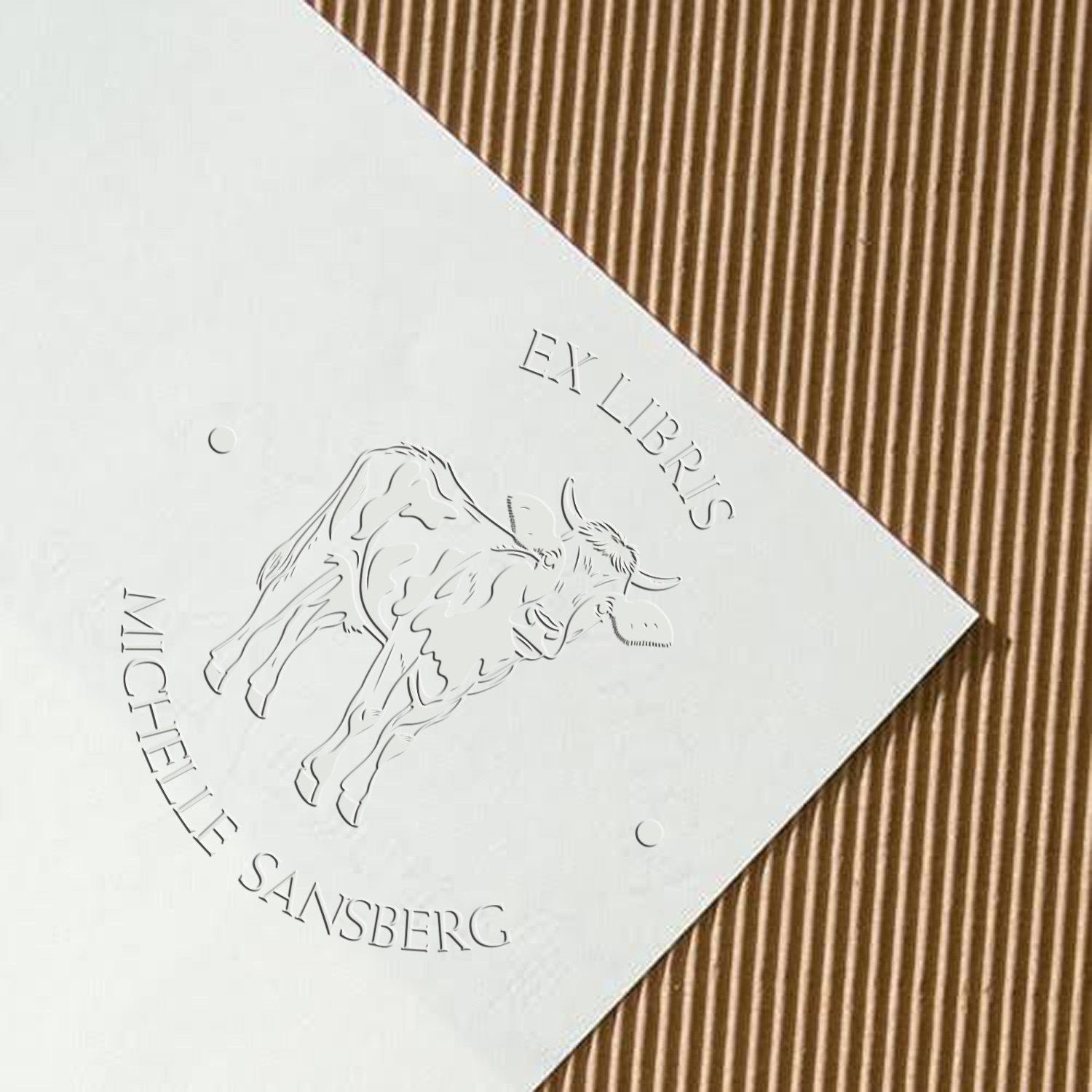Embrace the art of stamping
Have you ever wanted to make your correspondence feel more personal and memorable? A custom logo stamp for stationery can transform your everyday letters, packages, and note cards into a cohesive reflection of your small business identity. When someone opens your envelope, they’ll see your unique mark right away, and that instant recognition is a simple yet powerful way to stand out.
A custom logo stamp can save you time compared to writing or printing your logo for every piece of outgoing mail. Plus, it adds an artistic, approachable vibe to your stationery, which is especially helpful if you want your business to feel warm and human. Let’s explore the ins and outs of custom logo stamping, from picking materials to avoiding common pitfalls so you can give your stationery a personal, polished edge.
Benefit from a custom logo
You may wonder why a custom logo stamp is worth the effort. After all, you can already print labels or stick a standard logo in a corner, right? While that’s true, a custom logo stamp offers benefits that other solutions just can’t match.
- Instant brand recognition
- A hand-stamped logo can quickly become synonymous with your brand. Every envelope or package you send out will reinforce who you are in a more tactile, personal way.
- Recipients typically recognize a logo faster than reading text. Stamped logos give you a shot at making a memorable first impression.
- Consistent professional look
- Small details matter when you’re trying to look professional. A crisp, clearly stamped logo demonstrates that you care about how you present yourself, giving customers confidence in your products or services.
- This consistency means your brand has a cohesive feel across letters, thank-you notes, invoices, and more.
- Cost-effective branding
- Ordering a custom logo stamp is usually a one-time expense rather than a recurring label order or an expensive print job each time you change designs.
- Because it’s easy to apply to many surfaces, you can experiment with stamping on packaging, business cards, or promotional items—all without running up extra costs.
- Time savings for bulk tasks
- If you’re addressing stacks of letters, each one can show off your logo in seconds just by inking up the stamp and pressing it firmly.
- Whenever you need more supplies, simply reorder ink or consider other stamp pads, instead of reprinting entire stationery sets.
Choose the perfect materials
When you’re starting out with a custom logo stamp for stationery, you’ll want to think about the materials you’ll be working with. The paper type and the ink you choose can affect how well your logo appears and how professional the final product looks.
Paper considerations
- Weight. Thicker paper tends to work better than flimsy sheets, because heavier stock absorbs the ink without bleeding. Look for at least 80 lb cover stock or a sturdy letterhead paper when possible.
- Texture. Smooth paper generally produces cleaner results, while rough or textured surfaces can create a slightly distressed look. Depending on your brand style, either might fit well—just test first.
- Color. Although white or cream are standard choices, consider light pastel shades or subdued tones if they fit your brand. Ensure that your chosen ink stands out enough against the background color.
Ink options
- Water-based ink. This is the most common type, easy to clean up, and generally non-toxic. It dries quickly on typical stationery paper but might smudge on gloss or coated materials.
- Pigment ink. Often used for archival or fine-art stamping, pigment inks stay wet longer, which can be nice for embossing. They can deliver rich, vibrant colors.
- Solvent-based ink. Great for non-porous surfaces like plastic or glossy paper, but these inks can sometimes be more difficult to handle and clean. Use proper ventilation when working with them.
Quality counts—especially if your logo has fine lines or delicate details. Make sure you pick an ink that won’t blot or smear easily. By investing in the right paper and ink, you’ll get a stamp impression that looks crisp, durable, and reliable.
Explore different stamp types
Not all stamps are created equal, so it’s helpful to understand available options before purchasing. That way, you can find something that matches your usage, storage preferences, and brand style.
Wood-handled stamps
- Classic style. A wood-handled stamp is the most familiar approach. It often comes with a separate ink pad, and you press the stamp onto the pad before applying it to paper.
- Versatility. You can try different ink colors simply by swapping pads. This flexibility is handy if you want your stationery to evolve or if you have varied branding palettes.
- Aesthetic. That wooden grip can give your workspace a retro charm. It’s also easy to pass around at craft fairs or community events if multiple people need to stamp.
Self-inking stamps
- Built-in ink. Self-inking stamps have an internal ink pad that automatically re-inks the stamp each time you press it down.
- Ease of use. These are quick and consistent, which is ideal if you plan to do large stamping projects.
- Clean up. There’s less mess, since you don’t expose the pad each time, and you don’t have to handle extra ink pads if you’re in a hurry.
Pre-inked stamps
- Quality impression. Pre-inked stamps often produce sharper, more detailed images than self-inking stamps.
- Quiet operation. These stamps don’t require a separate pad to refresh, and the mechanism is relatively silent compared to self-inking versions.
- Cost. They can be slightly pricier upfront, but the clarity of the stamped image might be worth it if your logo includes intricate details.
Rubber vs. polymer
Most modern custom stamps use photo-polymer, but some crafters (and certain high-end shops) offer rubber stamps. Rubber can be durable and handle certain inks better, while polymer might be easier for capturing finer details. If your logo is especially complex, weigh your options carefully. Ask your stamp provider which material best suits your design, intended usage, and budget.
Design your stamp step by step
Creating a design for your custom logo stamp might feel intimidating, but you don’t have to be a professional artist to come up with something that works. Just follow a logical process:
- Gather inspiration
- Browse the logos and stationery of businesses you admire. Notice what you find appealing, such as minimal shapes, hand-drawn images, or typography.
- If you already have a business logo, check which elements are stamp-friendly. Simplify if your original design has lots of tiny details.
- Sketch or outline
- Block out the general shape of your logo. Will it be circular, rectangular, or a custom silhouette?
- Add your business name, tagline, or a short phrase if you want. Just watch out for very small text.
- Consider line thickness
- Stamp designs with bold, medium-weight lines usually look crisp. Very thin lines risk getting lost or not transferring evenly.
- If you have delicate sections, you may want to enlarge them a bit or remove extra flourishes.
- Create a final digital file
- Use a design tool to finalize your shape, text, and lines in black and white.
- High-resolution (300 dpi or more) is important so your stamp maker can produce a clear, detailed final product.
- Collaborate with a stamp maker
- Send your artwork to a manufacturer like Engineer Stamps (ESS). They will size it up, confirm details, and suggest any minor tweaks.
- Ask for a proof or sample impression if possible. That way, you avoid surprises once your custom stamp arrives.
By taking your time and refining each step, you set yourself up for a high-quality logo stamp that looks fantastic on all your future projects.
Elevate stationery through creativity
Once you have your custom logo stamp in hand, you can use it far beyond basic letter envelopes. Consider these inventive ways to give your stationery a special flair:
Stationery sets
- Personalize note cards. Stamp the upper corner of a plain notecard, or center your logo on the front for immediate impact.
- Matching envelopes. Create a set that coordinates with your note cards. Stamp envelopes in the same spot so your brand appears consistent.
Gift wrapping
- Paper sacks. If you use plain paper bags or gift sacks for small items, one well-placed stamp on the outside can turn them into branded packaging.
- Tissue paper. You can lightly stamp tissue paper to wrap fragile items or add a quick brand presence inside the packaging.
Marketing materials
- Flyers. Stamp your logo in the corner of promotional flyers for craft fairs, local markets, or special events.
- Handouts. If you’re on a tight budget, plain sheets with a stylish stamped logo look more professional than an unbranded handout.
Product tags
- Hang tags. For clothing or handmade products, add a small, stamped logo onto a craft paper tag tied to the item.
- Price labels. If you attend in-person events, stamp your brand onto price labels for a cohesive display.
Thank-you postcards
- Client appreciation. Whether you’re an online shop owner or a freelancer, a stamped postcard can be a warm reminder of your gratitude.
- Follow-up notes. Send a short note after a completed project, letting your client see your brand once more.
With creativity, you can turn your custom logo stamp into a signature that shows up everywhere. Customers begin to associate that logo stamp with your style, service, and personality, making it an essential part of your brand identity.
Maintain and store your stamps
Once you’ve invested time and money into a custom logo stamp for stationery, it’s important to maintain it properly so that every impression remains clean and tidy.
Cleaning basics
- Immediate wipe down. If you’re switching ink colors or finishing a stamping session, gently wipe your stamp surface with a lint-free cloth or lightly moistened towelette.
- Gentle cleansers. Avoid harsh chemicals that can degrade polymer or rubber. Stick to mild soap and water if your stamp gets really inky.
- Drying. Pat your stamp completely dry before storing to prevent mold or material breakdown, especially if you use water-based products.
Storage tips
- Original packaging. If your stamp came in a plastic container or box, that can keep dust and light away when it’s not in use.
- Away from direct heat. Prolonged heat can warp or weaken the stamp material. Store it in a cool, dry area.
- Separate stamps. If you have multiple stamps, keep them from touching each other to avoid accidental transfer of leftover ink or potential sticking issues.
Ink pad care
- Refresh pads. Over time, ink pads can dry out. Add a few drops of matching refill ink to extend their life.
- Replace when needed. If the pad’s surface or color starts to break down, consider getting a new pad to keep impressions neat.
- Cap or close. Keep the pad’s lid shut whenever you’re between stamps, so your ink doesn’t dry prematurely or collect dust.
By taking a few minutes to clean and store everything properly, you’ll ensure your stamp keeps looking great, letting you create crisp, reliable impressions for each of your activities.
Partner with Engineer Stamps
Searching for a reliable partner to craft your custom stamp? Engineer Stamps (ESS) specializes in creating high-quality, detailed logos for small businesses. Whether you're finalizing an intricate image or need guidance to simplify a complex design, ESS can walk you through the entire process.
At ESS, you can:
- Get personalized design help. If you’re unsure about spacing or sizing, they’ll provide recommendations to refine your final stamp image.
- Choose from various stamp styles, including wood-handled, self-inking, and pre-inked, to match how you plan to use your stamp.
- Enjoy quick turnarounds. Your stamp will arrive promptly, helping you begin branding your stationery without delay.
Before ordering, gather your high-resolution logo, think about the size you want, and consider the surfaces you’ll stamp most often. That preparation helps ESS create a perfect match. Once you have your order in hand, you can bring your brand vision to life in just a few seconds whenever you pull out your new stamp.
Avoid common stamping pitfalls
When people first start using a custom logo stamp, they might run into a few speed bumps. Here are some of the most typical pitfalls and how you can avoid them:
- Over-inking the stamp
- Problem: Pressing too hard into a wet ink pad floods the design with excess ink, causing a blurry or smudged impression.
- Solution: Gently tap the stamp onto the pad until the raised surface is evenly coated. Make sure you see a thin layer of ink, not blobs.
- Uneven pressure on paper
- Problem: The final image appears faded in some areas and heavier in others.
- Solution: Use a flat, sturdy surface when stamping. Try to apply firm, consistent pressure. For wood-handled stamps, try rocking gently from one side to another.
- Misaligned designs
- Problem: The logo ends up crooked or off-center on envelopes or cards.
- Solution: Use a guide or light pencil mark to align your stamp. For repeated stamping, you can set up a small jig or mark your desk with painter’s tape.
- Ink bleed on poor-quality paper
- Problem: Thin or coated paper can make the ink run or smudge, resulting in an unprofessional look.
- Solution: Test your paper before you commit, or invest in better stationery that pairs well with stamping.
- Forgetting to clean the stamp
- Problem: Ink residue builds up, causing dull or patchy images.
- Solution: Wipe your stamp after each use, even if it’s a light cleaning. Thoroughly wash it if you’re switching colors or finishing your session.
By avoiding these slip-ups, you’ll quickly get the hang of stamping and produce results that consistently impress your recipients.
Review frequently asked questions
Below are some of the questions small business owners often have about using custom logo stamps for stationery. Let’s clear up any lingering curiosities so you can make the best use of your new tool.
Can I include fine details in my logo?
Yes, but be cautious. Logotypes or intricate images might lose clarity when stamped, especially if your lines are super thin. If in doubt, enlarge or simplify your design. Engineer Stamps (ESS) can help you decide how best to refine small details.What type of ink should I use for a dark-colored envelope?
An opaque pigment ink is typically your best bet. Pigment-based formulas tend to maintain their brightness on darker surfaces compared to water-based inks, which can fade into the background.Is there a limit to the size of my stamp?
Each stamp maker has maximum dimensions, but you can often request anything ranging from a small, one-inch icon to a larger multi-inch design. Just confirm your desired size with ESS or your chosen vendor to ensure they can match your needs.How long do custom stamps last?
With proper care—cleaning, storing in a cool, dry place, and using the correct ink—your stamp can last for thousands of impressions before you notice any wear. If you choose a high-quality material like rubber or polymer, expect years of reliable use.Can I stamp on other promotional materials besides paper?
Absolutely. Many entrepreneurs use their custom stamps on fabric bags, napkins, or even wooden products. We recommend solvent-based inks for non-porous surfaces, but test a small area first to confirm the impression is sharp and doesn’t smudge.What if I don’t have a design team?
You don’t need a formal design team to create a great stamp. You can sketch something yourself or hire a freelance designer for an affordable, one-off project. ESS also provides advice on design implementation, line thickness, and sizing.
Feel free to use these tips to polish your approach and avoid any hiccups along the way. Once you’re comfortable stamping, you’ll see how quickly it becomes a natural part of your brand’s identity.
Overall, a custom logo stamp can turn plain paper products into a cohesive, memorable, and downright fun extension of your business. By choosing the right materials, caring for your stamp, and exploring creative ways to use it, you’ll give your stationery a personal touch that makes your brand shine. With a reliable partner like Engineer Stamps, the entire process becomes smooth and rewarding. So go ahead—embrace your custom logo stamp for stationery, and let your small business personality leap off the page with every press.

